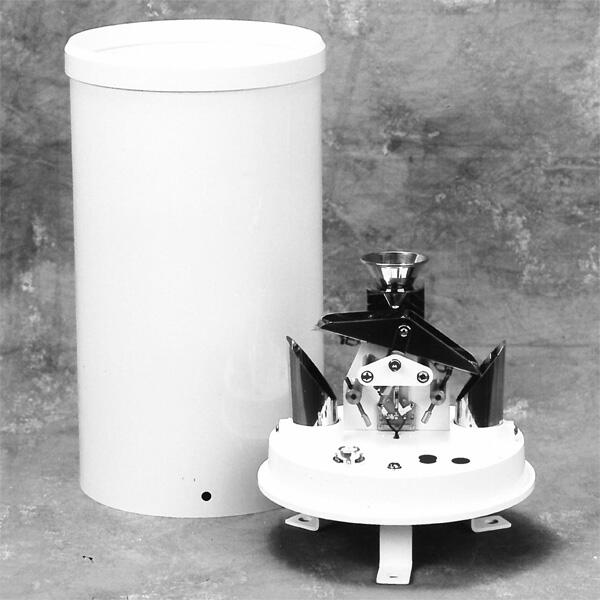
# Rain Gauge: A Comprehensive Description and Functionality Overview
## Introduction to Rain Gauges
A rain gauge is a meteorological instrument used to measure the amount of liquid precipitation that falls over a specific area during a defined time period. These devices play a crucial role in weather monitoring, agriculture, hydrology, and climate research by providing accurate rainfall data.
## Types of Rain Gauges
### Standard Rain Gauges
The most common type is the standard rain gauge, which consists of a funnel that collects precipitation and directs it into a measuring tube. The narrow tube allows for more precise measurements of small amounts of rainfall.
### Tipping Bucket Rain Gauges
These electronic rain gauges use a small bucket mechanism that tips when it collects a specific amount of water (typically 0.01 inches or 0.2 mm). Each tip is recorded electronically, providing real-time rainfall data.
### Weighing Rain Gauges
Weighing gauges measure precipitation by weighing the collected water. They’re particularly useful for measuring snowfall by melting it first and then measuring the water equivalent.
## Components of a Rain Gauge
A typical rain gauge consists of several key components:
– Collection funnel: Gathers precipitation and directs it to the measuring mechanism
– Measuring cylinder: Holds the collected water for measurement
– Outer casing: Protects the instrument from environmental factors
– Mounting stand: Keeps the gauge stable and at the proper height
– Drainage system: Allows water to escape after measurement
## How Rain Gauges Work
The basic principle of operation involves collecting precipitation in a standardized container and measuring the depth of accumulated water. One inch of rainfall equals approximately 10 inches of snow, though this ratio can vary based on snow density.
## Proper Installation and Maintenance
For accurate measurements, rain gauges should be:
– Placed in an open area, away from trees and buildings
– Positioned at a standard height (typically 1-2 feet above ground)
– Checked and cleaned regularly to prevent debris buildup
– Calibrated periodically to ensure measurement accuracy
## Applications of Rain Gauge Data
Rainfall measurements are essential for:
– Weather forecasting and climate studies
– Agricultural planning and irrigation management
– Flood prediction and water resource management
– Urban planning and drainage system design
– Scientific research on precipitation patterns
## Choosing the Right Rain Gauge
When selecting a rain gauge, consider:
– The required measurement precision
– Frequency of data collection needed
– Local climate conditions (including snowfall)
– Available budget for equipment
– Ease of maintenance and durability
## Conclusion
Rain gauges remain one of the most fundamental tools in meteorology and environmental monitoring. From simple manual devices to sophisticated electronic systems, these instruments provide valuable data that helps us understand and respond to our changing environment. Proper use and maintenance of rain gauges ensure accurate precipitation measurements that benefit numerous fields and applications.
Keyword: rain gauge description